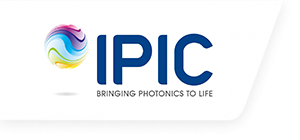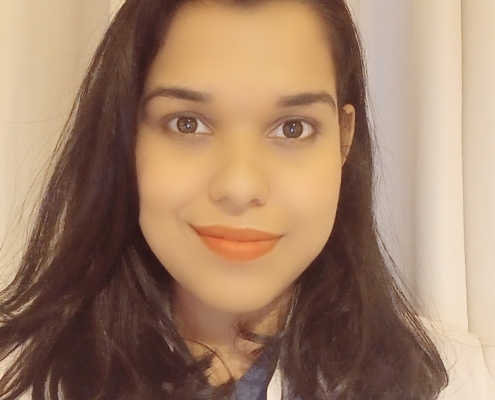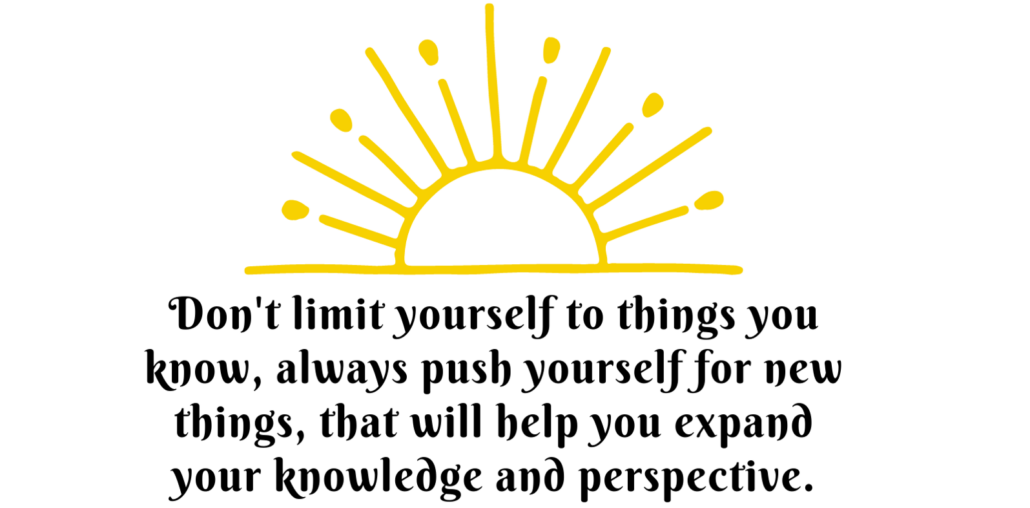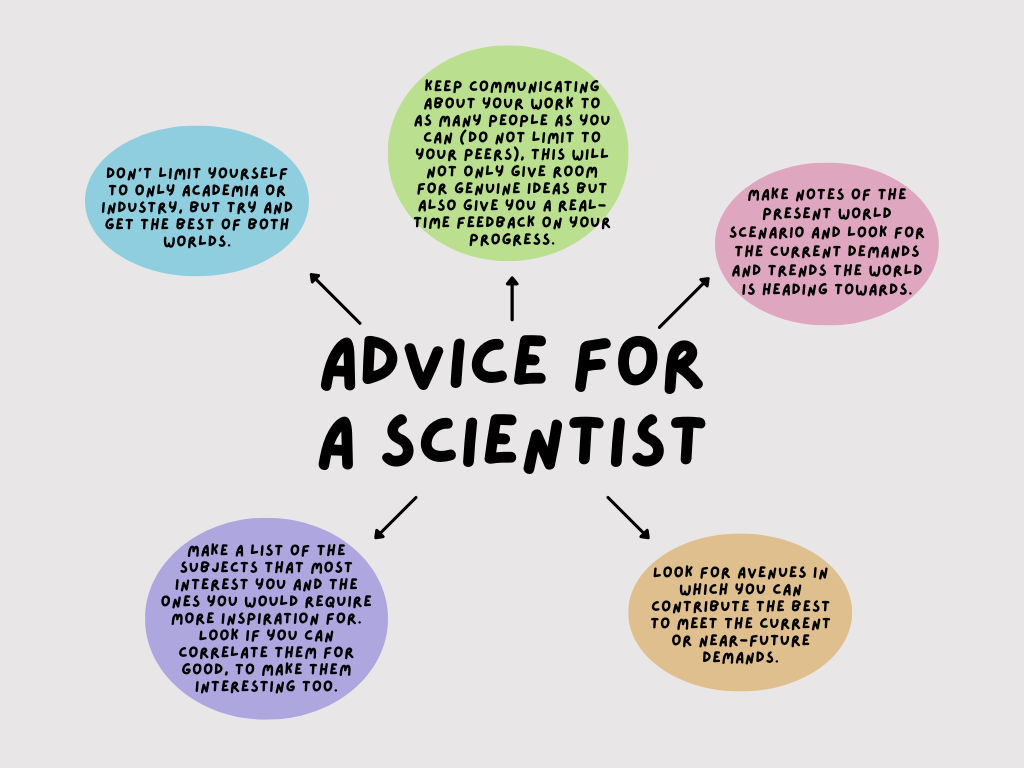I am Dr. Somdatta Bhattacharya from India. Am working as a Sparkle Postdoctoral Fellow in Biophotonics Group, Tyndall National Institute.
Our school [Don Bosco School, Agartala, India] consisted of various study programs from English literature, mathematics, biology, etc. We were also exposed to a lot of extra co-curricular activities which comprised of various clubs like drama, art, science, yoga, etc.
I was always inclined to various kinds of fascinating science experiments and accordingly, was captain of the science club, little did I know that it was the onset of a lifelong love for research!
My curiosity to understand the working of our universe and the intricacies of nature, combined with the ability to find patterns in activities of the daily life, was a clear indication that I would like the field of research. The farthest I can remember listening to stories of famous scientists (Einstein, Heisenberg, Schrodinger, Feynman and Hawking) from my father when I was 12, which played a huge role in inspiring me to pursue research and become a scientist someday, especially a physicist.
My curiosity to understand the working of our universe and the intricacies of nature, combined with the ability to find patterns in activities of the daily life, was a clear indication that I would like the field of research. The farthest I can remember is listening to stories of famous scientists (Einstein, Heisenberg, Schrodinger, Feynman and Hawking) from my father when I was 12, which played a huge role in inspiring me to pursue research and become a scientist someday, especially a physicist.
I started out with regular schooling and initially joined Engineering in the field of electrical and communication (ECE), only to realise after 2 weeks that I was more interested in basic science. I quit my course in engineering to join as an integrated master’s student in physics. Within a week, I realised that I was home. I was not only taught physics and mathematics (core to physics) but an introduction to biology, philosophy and environmental science.
I wanted to use my opportunity in the integrated course to work on a project of interdisciplinary nature and that’s where I found the wonders of the world of nanotechnology. The nanoscience showed me the importance of light-matter interaction and the applications of light manipulation to achieve various breakthroughs in science. As a result, I ended up doing spectroscopy with high-powered lasers and photosensitive materials (Photonics) in my PhD. It is then, that I realised that my research can help and contribute to treating cancer that was my first step to the realm of Biophotonics from Photonics.
Now, I continue working and improving my technique to treat cancer using light and photosensitive materials, a method known as Photodynamic Therapy, as a Postdoc under Sparkle fellowship at Tyndall National Institute.
Sparkle has received funding from the European Union’s Horizon 2020 research and innovation programme under the Marie Sklodowska-Curie grant agreement No. 847652 and from Science Foundation Ireland.
